Removing ‘the enemy within’
The last time the federal workforce was purged, it was in the name of fighting communism.
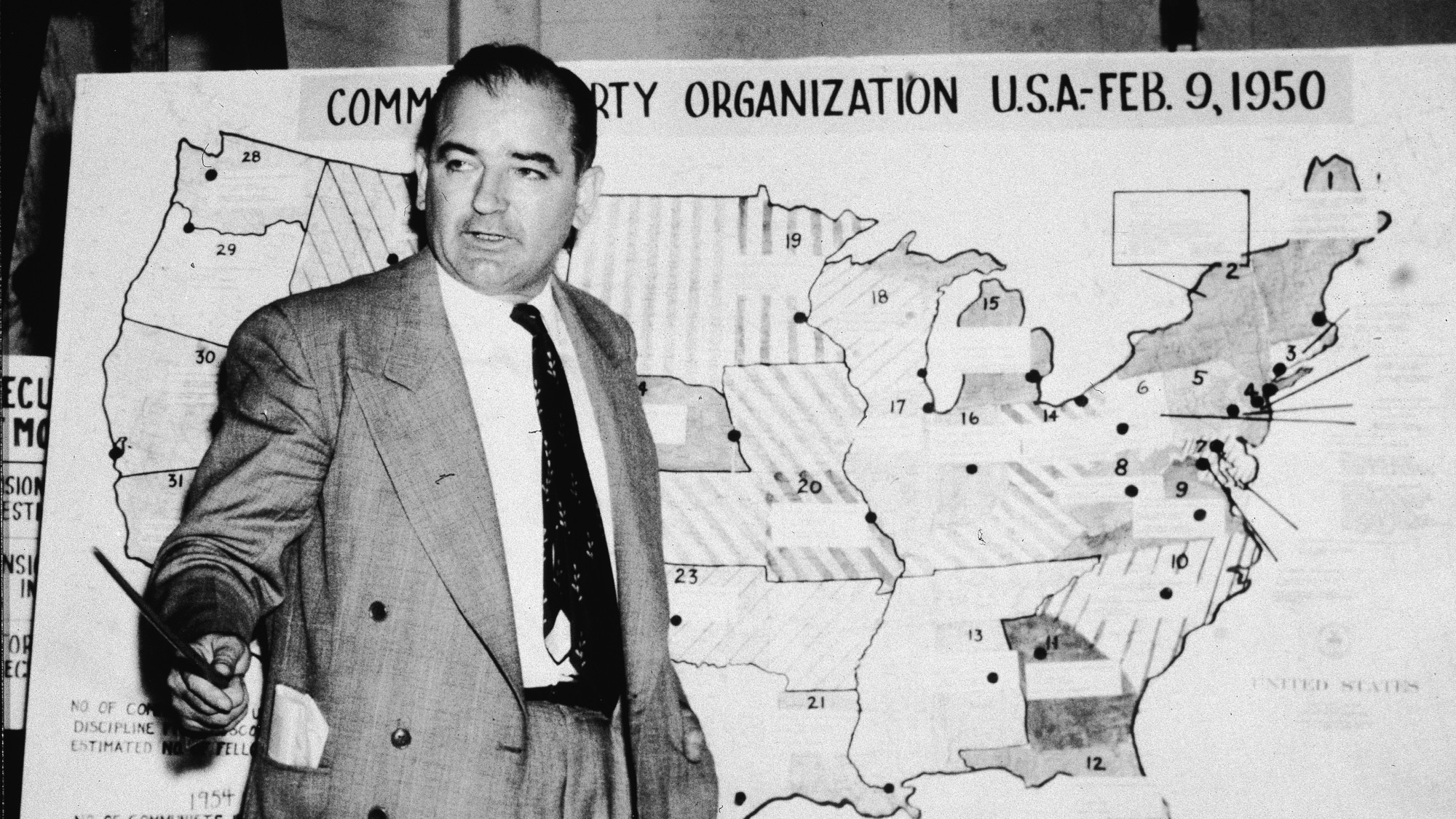
When did the purge begin?
The so-called Red Scare started in the early days of the Cold War. With America gripped by fears of communist infiltration, President Harry Truman in 1947 signed an executive order mandating “a loyalty investigation of every person entering civilian employment.” Over the following decade, more than 5 million federal workers filled out loyalty questionnaires, which led to 25,000 in-depth investigations, 2,700 firings, and 12,000 resignations—but not a single spy being unearthed. Workers could be placed under suspicion for past Communist Party membership; for supporting certain left-wing causes; or even for socializing across racial lines. Sen. Joseph McCarthy (R-Wis.) made the Red Scare into a public spectacle, grilling hundreds of Americans in Senate hearings about “enemies from within”: the communist agents supposedly burrowed inside the military and government agencies. But McCarthyism “encompassed much more than the antics of one notorious senator,” said historian Ellen Schrecker. “It was the longest-lasting and most widespread episode of political repression in American history.”
Were Red Scare fears baseless?
Not entirely, because the Soviets really were recruiting Americans. Physicist Klaus Fuchs and other scientists who worked on the Manhattan Project funneled nuclear secrets to the Soviet Union, information that helped the Kremlin build and detonate its first atomic bomb in 1949. And Julius Rosenberg, a civilian engineer with the Army Signal Corps, was convicted of atomic spying in 1951 and executed along with his wife, Ethel. But while the loyalty program began as an understandable response to Soviet espionage, it soon expanded to a witch hunt that ensnared thousands of innocent Americans. Most of the State Department’s China experts were fired after Mao Zedong’s Communist forces defeated the pro-Western Nationalists and took control of China in 1949. The so-called China Hands had warned for years such an outcome was likely, but following Mao’s victory their prediction was taken as evidence that they’d been “soft on communism”—and had even helped Mao.
How were ‘subversives’ identified?
Under Truman’s executive order, the Civil Service Commission screened every current and new employee, examining government files, police records, and even college transcripts. If any hint of subversive activity was discovered, the FBI would then dig through the worker’s private life. The loyalty program’s first director, Seth Richardson, said officials could dismiss suspected subversives without “any hearing whatsoever.” James Kutcher, a Veterans Administration staffer who lost both his legs to a mortar shell in World War II, was fired for belonging to the tiny, anti-Stalinist Socialist Workers Party. For Bertha Lomax of the Government Printing Office, membership in the NAACP was enough to get her fired. President Dwight D. Eisenhower expanded the purge when he took office in 1953, ordering that federal employees be investigated for “any criminal, infamous, dishonest, immoral, or notoriously disgraceful conduct, habitual use of intoxicants to excess, drug addiction, sexual perversion”—all classed as threats to national security. Thousands of gay and lesbian federal workers and service members lost their jobs as a result.
The Week
Escape your echo chamber. Get the facts behind the news, plus analysis from multiple perspectives.

Sign up for The Week's Free Newsletters
From our morning news briefing to a weekly Good News Newsletter, get the best of The Week delivered directly to your inbox.
From our morning news briefing to a weekly Good News Newsletter, get the best of The Week delivered directly to your inbox.
What role did Congress play?
Suspects and witnesses were subpoenaed by the House Un-American Activities Committee and McCarthy in the Senate. The fame-hungry senator launched his red hunt in 1950 with a speech in Wheeling, W.Va., where he brandished a list of 205 supposed communists “working and shaping policy in the State Department.” McCarthy never publicly released his list, but held more than a dozen hearings on subversion. He claimed the State Department’s Voice of America radio service was full of communist sympathizers—none were found, but one VOA engineer killed himself—and that the U.S. Information Service was circulating “Red Books” by writers such as Langston Hughes and Dashiell Hammett. McCarthy labeled witnesses who chose not to answer his questions during hearings—like The Maltese Falcon author Hammett—“Fifth Amendment communists.”
Why did the purges stop?
Partly because of McCarthy’s hubris. In 1954, a few years after accusing then–Secretary of Defense George C. Marshall of “invariably serving the world policy of the Kremlin,” McCarthy declared communists had infiltrated the Army. The televised Army-McCarthy hearings showed the senator bullying witnesses and presenting doctored evidence. Journalists became more candid in their criticism, and the Senate voted that December to censure McCarthy. He sank into alcoholism and died in 1957, one year after the Supreme Court put limits on loyalty investigations.
Did the purge change government?
It likely robbed Washington of valuable expertise—doctors, scientists, and military officers were among those purged. Writer and historian Clay Risen notes that the Asia experts fired by the State Department “might well have raise the right objections to America’s short-sighted anti-communism in East Asia, above all its rush to intervene in Vietnam.” The legacy of the purge was also felt in the way politicians and bureaucrats curbed their speech to avoid being labeled reds: Talk of universal health care disappeared from mainstream debates, for example, despite having been championed by Truman. A government loyalty program amounts to “thought control,” O. John Rogge, former U.S. assistant attorney general, said in 1948. It deprives workers “of the freedom to participate without fear in political activity,” he said. “More than that, it deprives our country of the type of intelligent civil servant that we do urgently require.”
The ‘Lavender Scare’
At the same time accused communist sympathizers were being purged from government, so were gays and lesbians. Up to 10,000 government employees were fired or forced to resign because of their sexuality. To many lawmakers, communism and homosexuality were intertwined menaces. Sen. Kenneth Wherry (R-Neb.) claimed in 1950 that communists were managing to “propagate and use homosexuals to gain their treacherous ends.” McCarthy argued that gay people couldn’t be trusted in government because “the pervert is easy prey to the blackmailer.” The rooting out of gay employees became official policy under Eisenhower’s 1953 order; an unknown number of those ousted took their own lives. While researching the scare, historian David K. Johnson said he found many newspaper reports “of single young men, government employees, who committed suicide in Washington for no apparent reason.” U.S. Army astronomer Frank Kameny responded to his 1957 dismissal by founding one of the country’s first gay rights organizations, the Mattachine Society. He received a formal government apology for his firing in 2009. “It took 50 years,” Kameny said, “but I won my case.”
A free daily email with the biggest news stories of the day – and the best features from TheWeek.com
-
 Is $140,000 the real poverty line?
Is $140,000 the real poverty line?Feature Financial hardship is wearing Americans down, and the break-even point for many families keeps rising
-
 Film reviews: ‘The Secret Agent’ and ‘Zootopia 2’
Film reviews: ‘The Secret Agent’ and ‘Zootopia 2’Feature A Brazilian man living in a brutal era seeks answers and survival and Judy and Nick fight again for animal justice
-
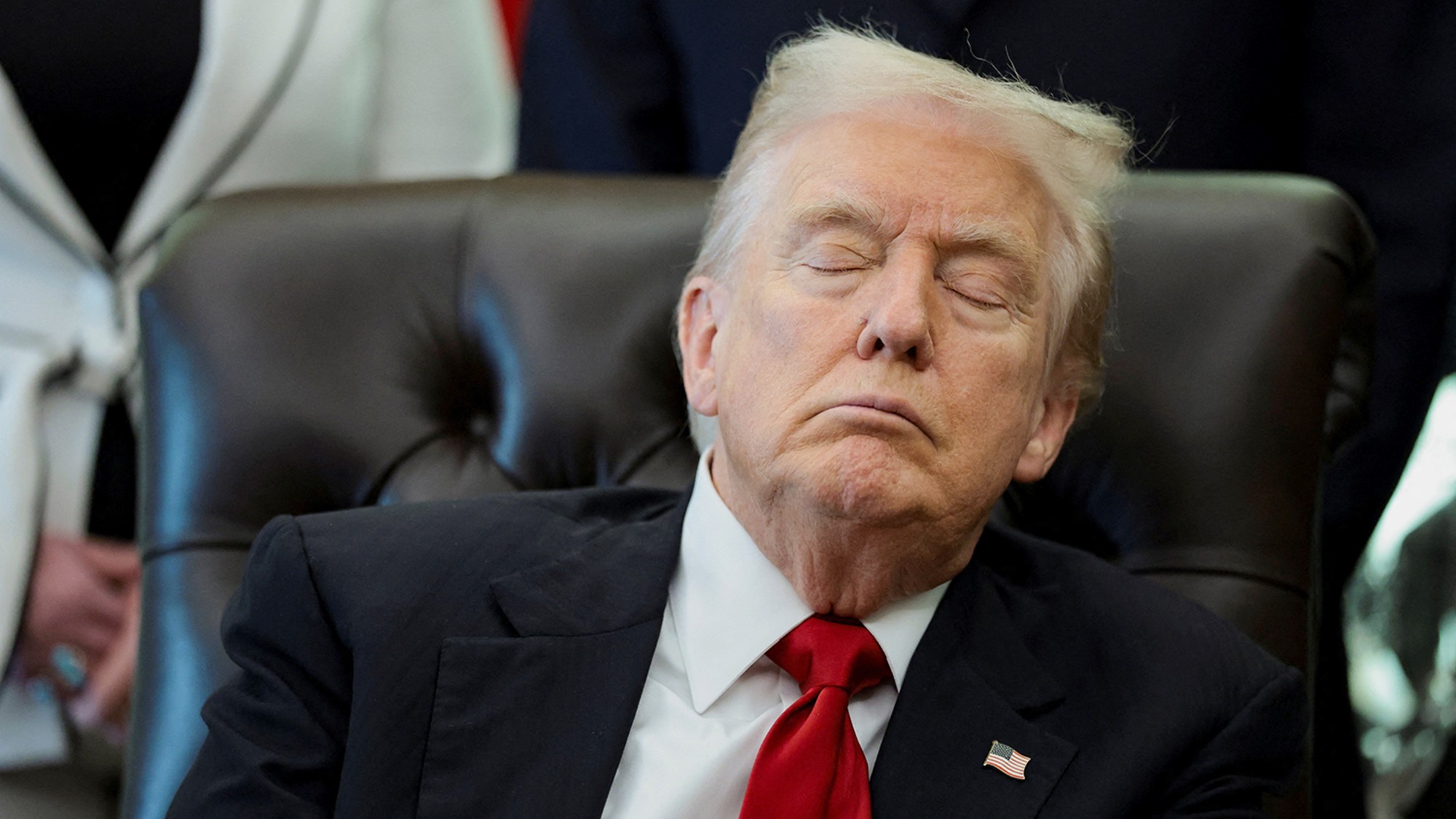 Trump: Losing energy and support
Trump: Losing energy and supportFeature Polls show that only one of his major initiatives—securing the border—enjoys broad public support
-
 Trump: Losing energy and support
Trump: Losing energy and supportFeature Polls show that only one of his major initiatives—securing the border—enjoys broad public support
-
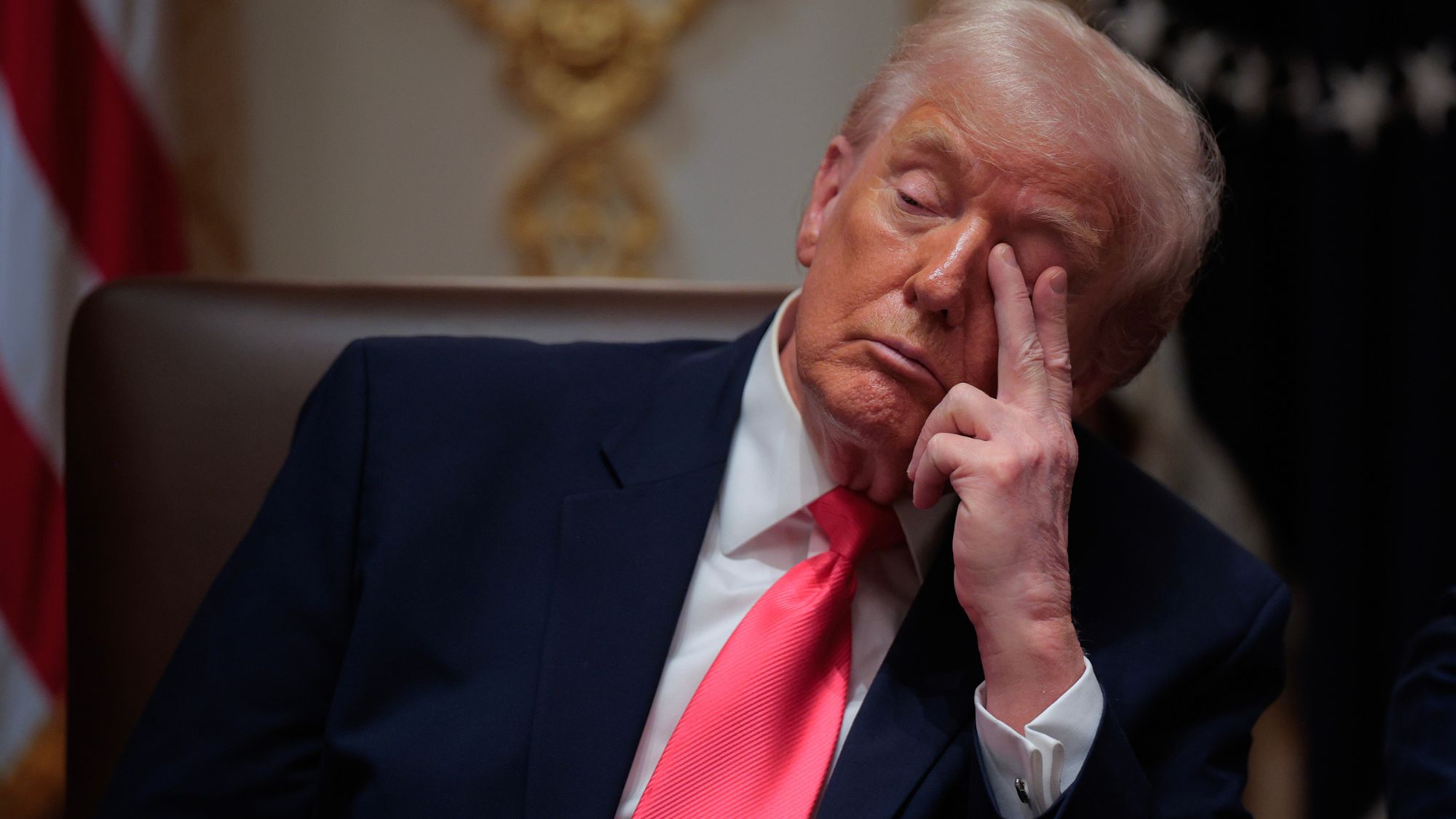 Trump’s poll collapse: can he stop the slide?
Trump’s poll collapse: can he stop the slide?Talking Point President who promised to ease cost-of-living has found that US economic woes can’t be solved ‘via executive fiat’
-
 Looming drone ban has farmers and farm-state Republicans anxious
Looming drone ban has farmers and farm-state Republicans anxiousIN THE SPOTLIGHT As congressional China-hawks work to limit commercial drone sales from Beijing, a growing number of conservative lawmakers are sounding an agricultural alarm
-
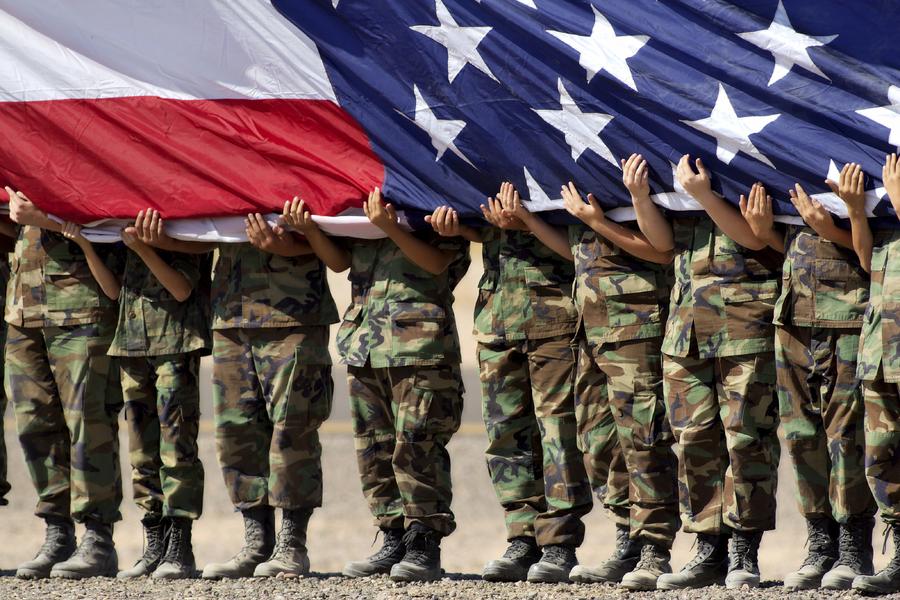 The military: When is an order illegal?
The military: When is an order illegal?Feature Trump is making the military’s ‘most senior leaders complicit in his unlawful acts’
-
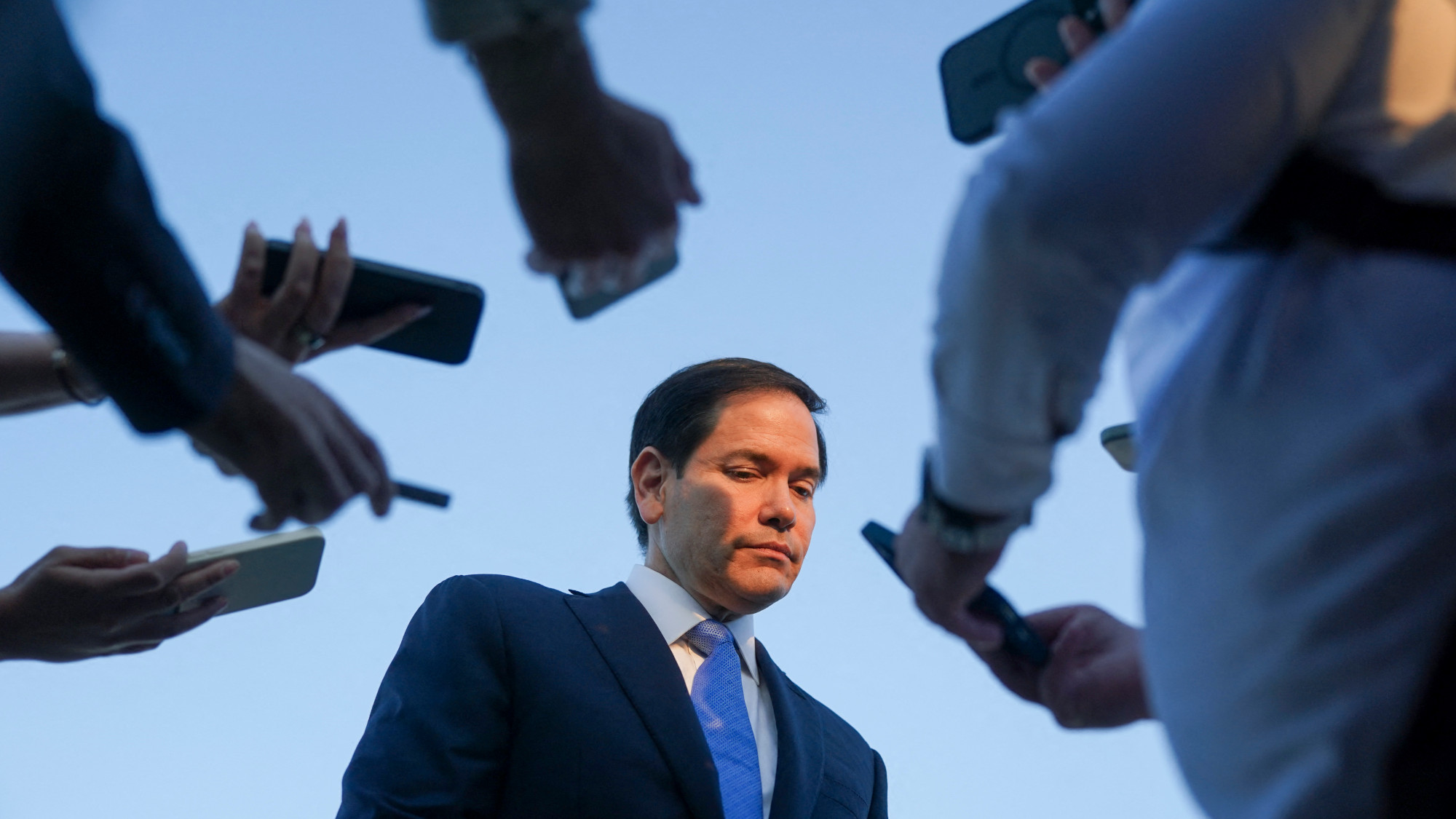 Ukraine and Rubio rewrite Russia’s peace plan
Ukraine and Rubio rewrite Russia’s peace planFeature The only explanation for this confusing series of events is that ‘rival factions’ within the White House fought over the peace plan ‘and made a mess of it’
-
 The US-Saudi relationship: too big to fail?
The US-Saudi relationship: too big to fail?Talking Point With the Saudis investing $1 trillion into the US, and Trump granting them ‘major non-Nato ally’ status, for now the two countries need each other
-
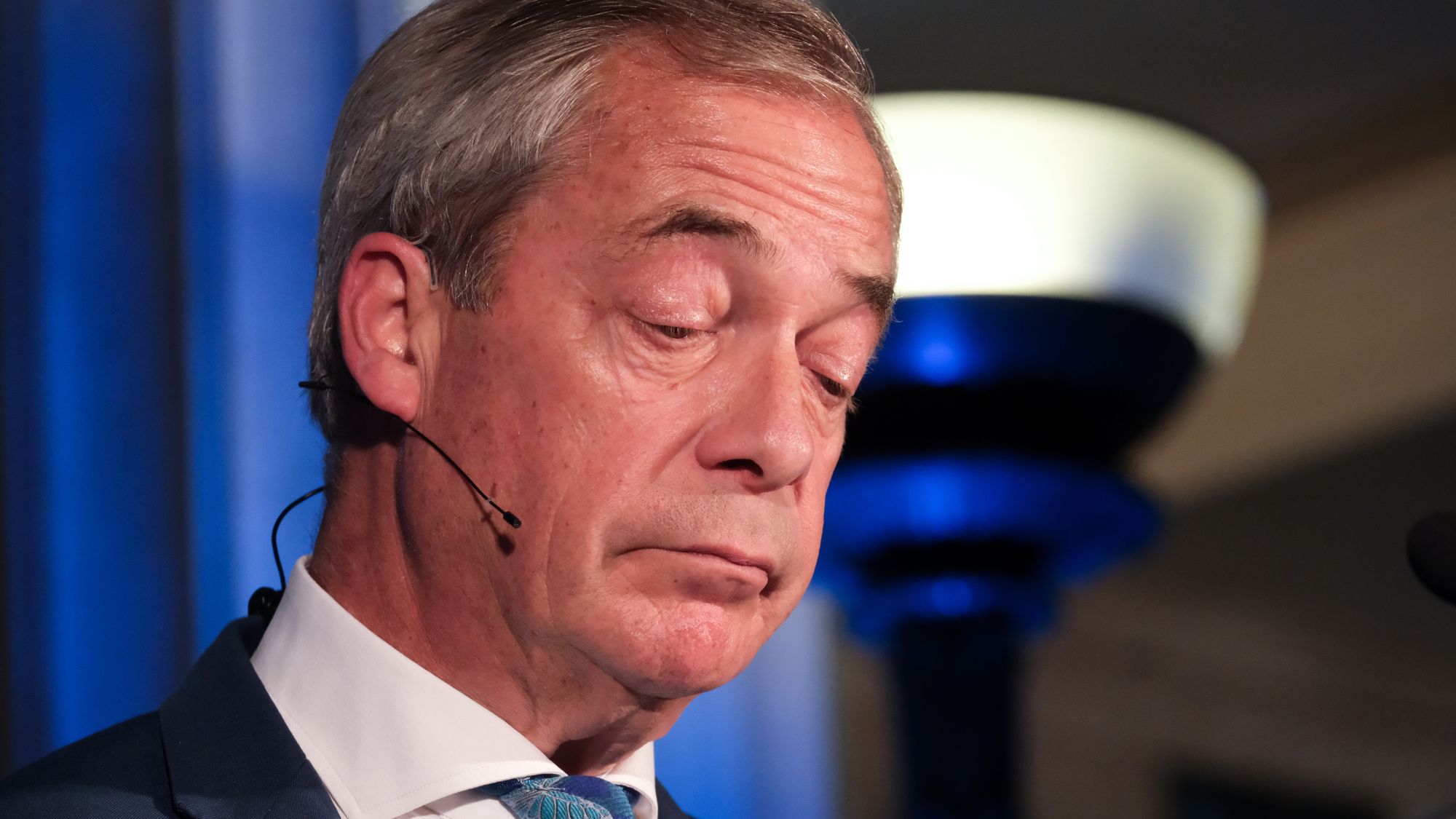 Nigel Farage: was he a teenage racist?
Nigel Farage: was he a teenage racist?Talking Point Farage’s denials have been ‘slippery’, but should claims from Reform leader’s schooldays be on the news agenda?
-
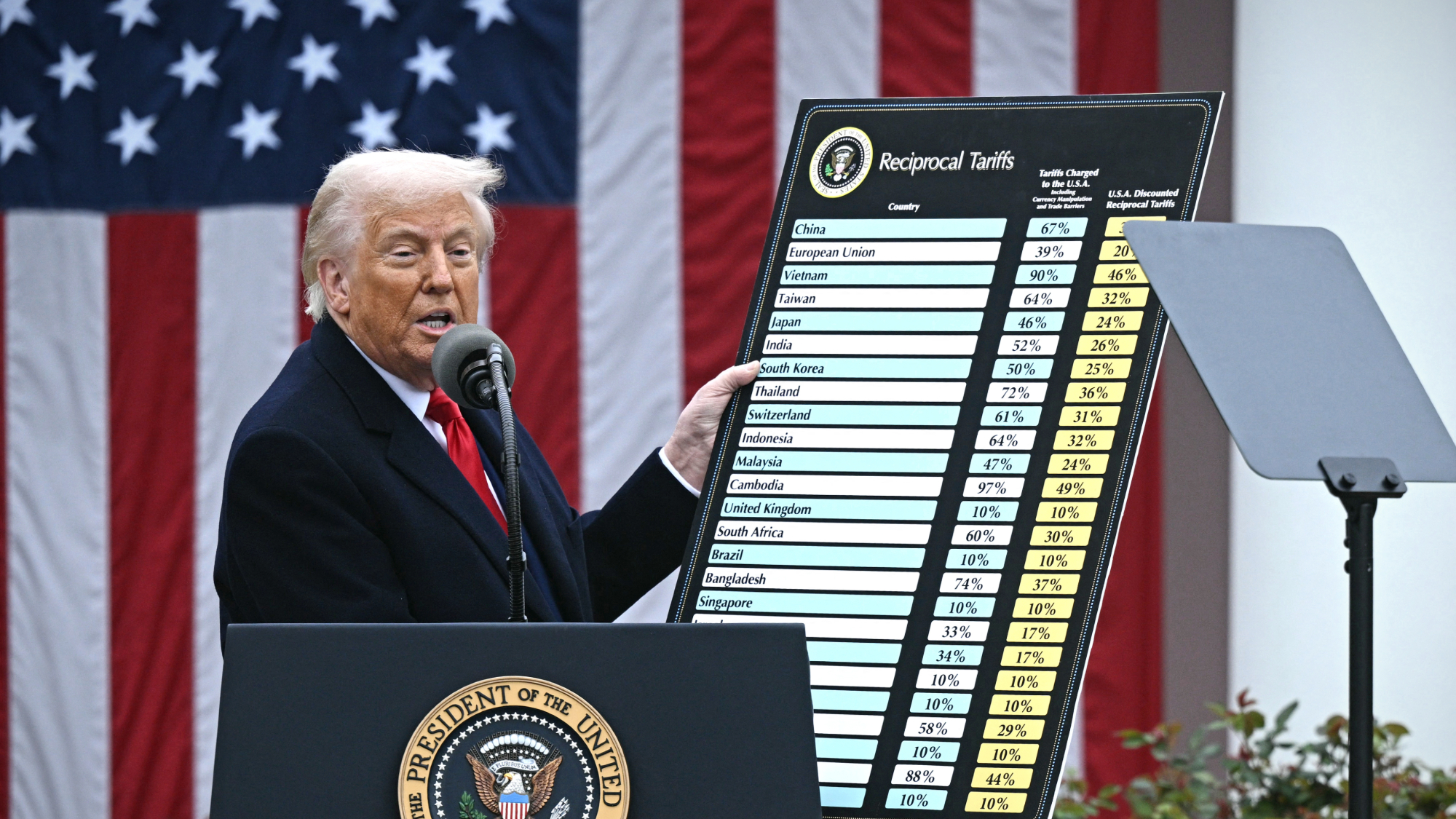 Tariffs: Will Trump’s reversal lower prices?
Tariffs: Will Trump’s reversal lower prices?Feature Retailers may not pass on the savings from tariff reductions to consumers